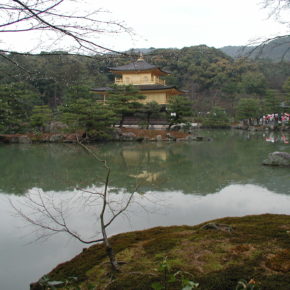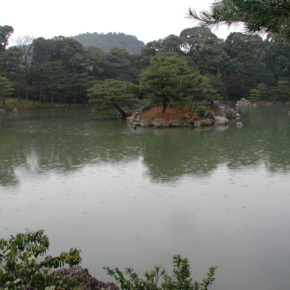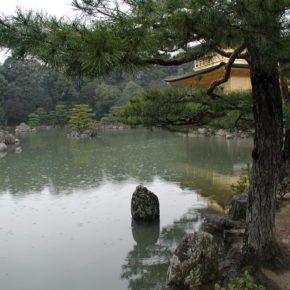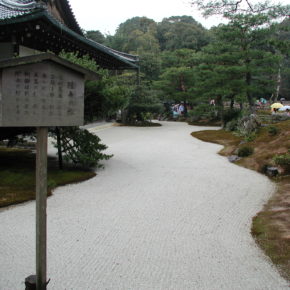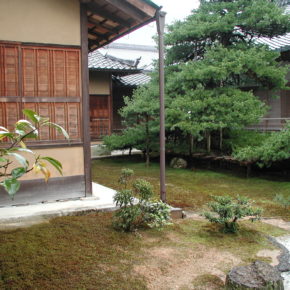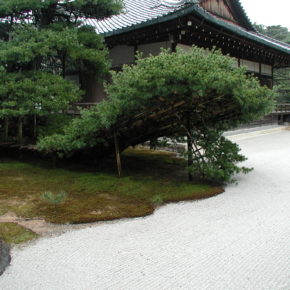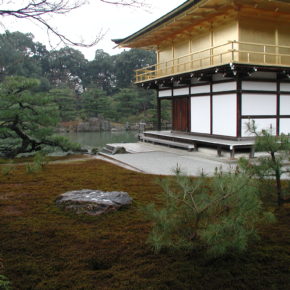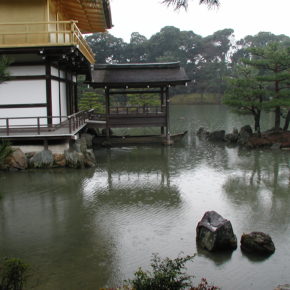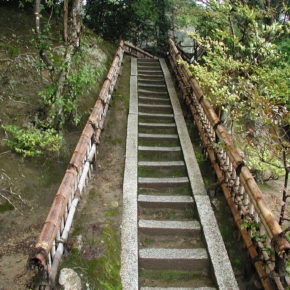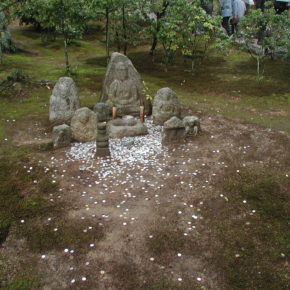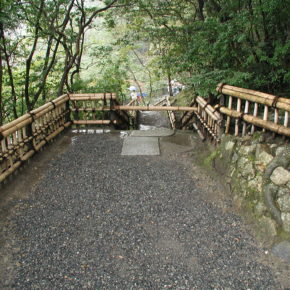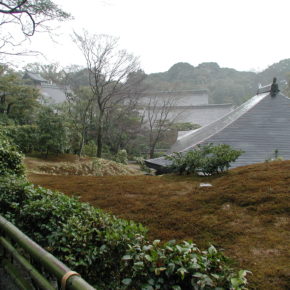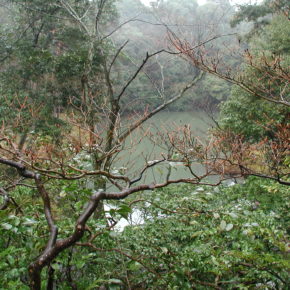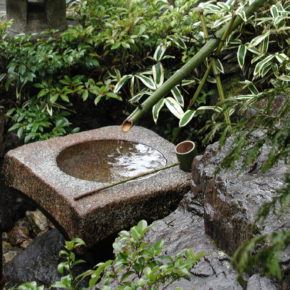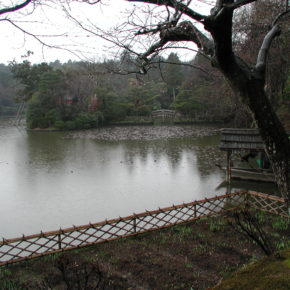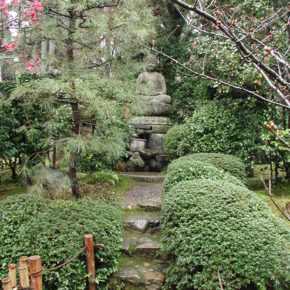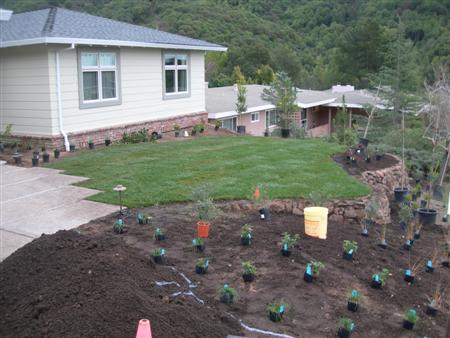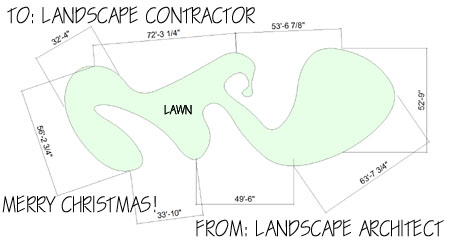The lawn is archetypal to the American landscape, it is one of the elements central to the planning of most residential gardens and commercial landscapes. According to the Sierra Club, Americans spend 8.4 billion a year on their lawns. This reflects how the lawn is one of the most maintenance intensive portions of any landscape- with mowing, watering, fertilization, weed control, aeration and dethatching required to keep a lawn looking its best.
Yet, despite all the maintenance and cost we still love our lawns. Typically lawns are desired for two reasons. Principally, lawns create a wonderful aesthetic. The lush green manicured appearance fits well with a number of design styles. The lawn’s low uniform appearance also creates an illusion of space. And, despite the maintenance requirements, lawn maintenance is a sector of gardening much catered to, with mowers, fertilizers and training (kids mowing lawns on Saturdays growing up). The lawn if properly cared for is often easier to keep look pristine than some lawn alternatives.
Some designers and environmentalists espouse removing the lawn from landscapes, replacing it either with groundcovers that grow in a similar habit to a lawn, general groundcover plants, or with a meadow of taller grasses.
There are a couple of ways of considering alternative lawns. From an environmental standpoint, while using lawn alternatives on a residential scale would have some beneficial effect on water use and fertilizer and pesticide runoff, especially if aggregated on a large scale. However, a residential project here and there is not going to have a large effect. The commercial sector is where lawn alternatives make the most sense. Typically large tracts of lawn in apartment complexes, office parks and other commercial settings serve little functional purpose other than providing a familiar aesthetic. These landscapes also typically incorporate thousands of square feet of lawn, compared to the typical residential lawn of 500-1500 square feet.
So should a homeowner consider lawn alternatives for their residential project? It depends on what the lawn is used for and its place in the design and the environment where the lawn is installed. If the kids play football in the backyard a lawn is hard to beat. But if the lawn is just filling space of a traditional design aesthetic, there are alternatives worth considering. In arid areas, alternatives start to make more sense. The new Wynn Casino in Las Vegas for example, installed synthetic turf instead of traditional lawn.
For more on these alternatives visit the following sites that outline other types of plantings that can take the place of the lawn:
Sierra Club- Alternative Lawns
Clover Alternatives to Lawn Grass
Eartheasy Lawn Alternatives– Includes many groundcovers
Lesslawn.com– The name says it
Organic Lawn Management- From Wikipedia
Alternatives from Oregon State University
Wildflower Alternatives
SynLawn- Synthetic Lawn Alternatives

